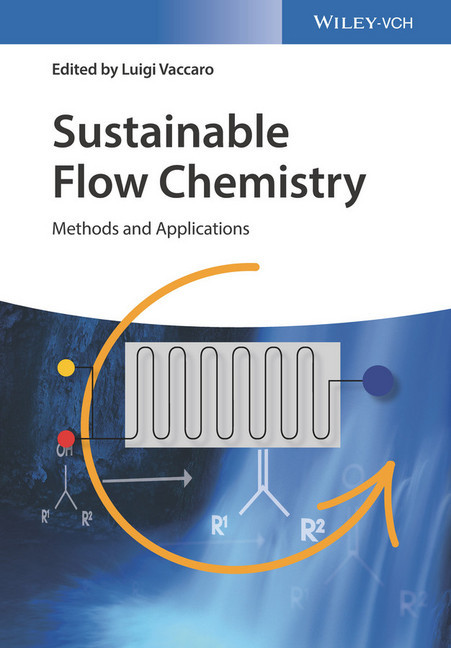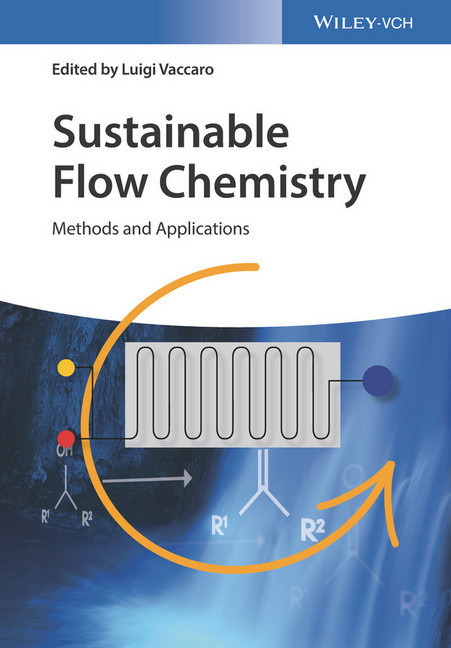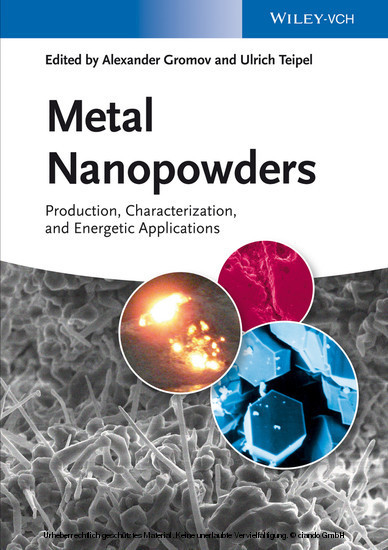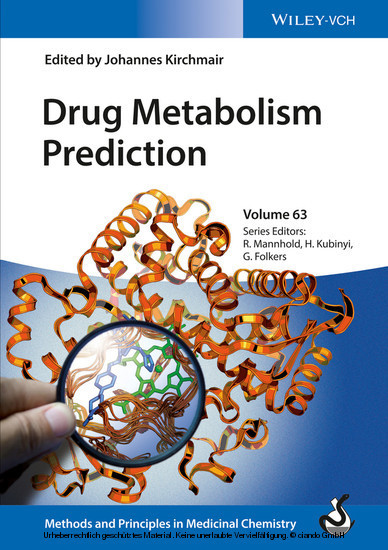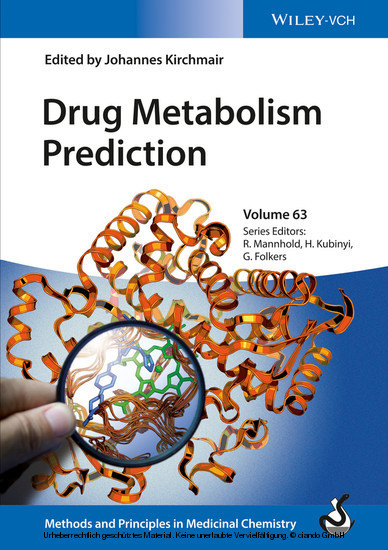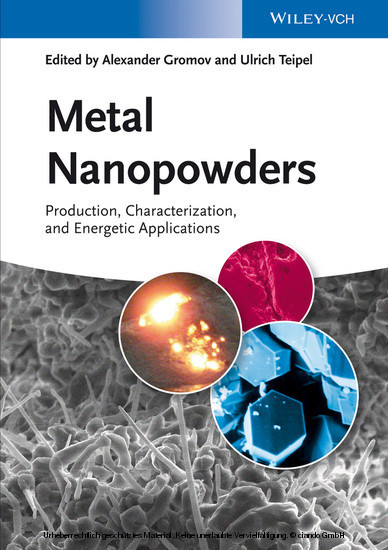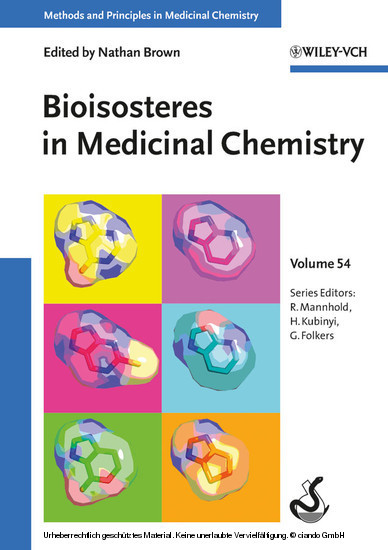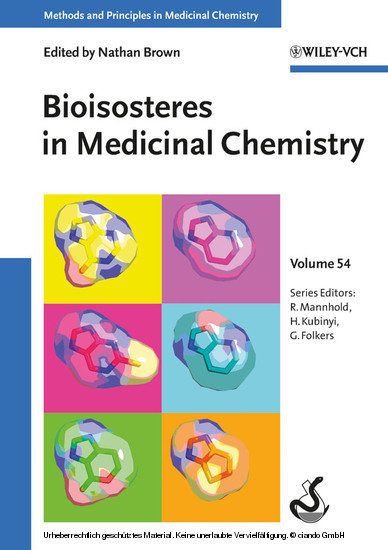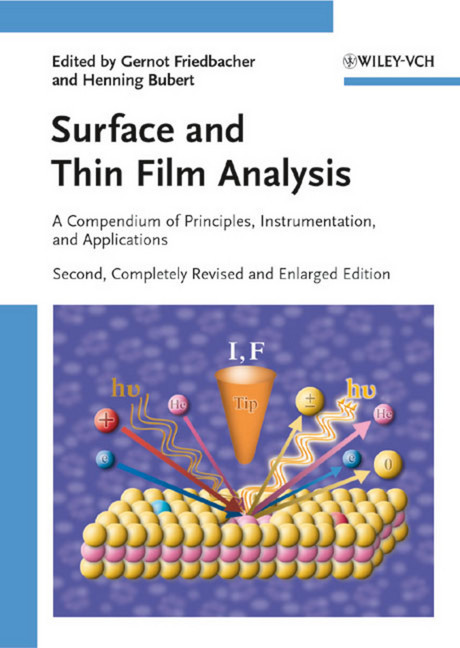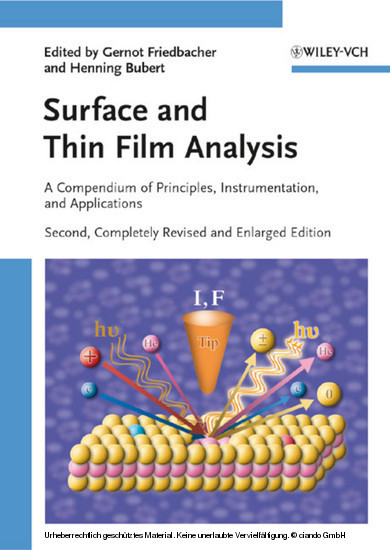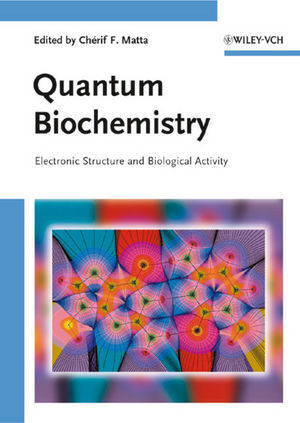Sustainable Flow Chemistry
Methods and Applications
This ready reference not only presents the hot and emerging topic of modern flow chemistry, it is also unique in illustrating the important connection to sustainable chemistry.
Focusing on more sustainable methods and applications, the text extensively covers every important field from reaction time optimization to waste minimization, and
from safety improvements to microwave applications. In addition, green metrics are presented as a key aspect of the book, helping readers to evaluate the efficiency of
flow technologies and their impact on the overall efficiency of a chemical process.
An invaluable handbook for every chemist working in the laboratory, whether in academia or industry.
Luigi Vaccaro is a Professor of Organic Chemistry (habilitated in 2013 as full Professor) at the Universita degli Studi di Perugia-Italy and is a Guest Professor (Bijzonder Gastdocent) at the University of KU Leuven-Belgium. He is also an Associate Editor of the journals RSC Advances and Beilstein Journal of Organic
Chemistry, and a member of the FWO WT&4 Chemistry expert panel and of the OECD-EPA commission on substitution of toxic substances. Prof. Vaccaro is leading the Green S.O.C. group in Perugia and is dedicating his research and teaching activity to the development of sustainable tools for minimizing waste and accessing cleaner products. He is currently focusing on the identification and use of novel biomass-derived solvents and on the design and synthesis of novel polymeric matrices for the preparation of heterogeneous catalytic systems suitable for being used in flow and green reaction media. Recent applications are directed toward the definition of
sustainable protocols for cross-coupling and C-H activation processes aimed at the clean synthesis of organic semiconductors and target materials. Luigi
Vaccaro is author of ca. 130 scientific publications and received the Europa Medal from Society of Chemical Industry - London (2001), the ADP Award
from Merck's Chemistry Council for 'Creative work in organic chemistry' (2006 and 2007), the G. Ciamician Medal of the Societa Chimica Italiana (2007) and the Vigevani Visiting Professorship (2014).
Focusing on more sustainable methods and applications, the text extensively covers every important field from reaction time optimization to waste minimization, and
from safety improvements to microwave applications. In addition, green metrics are presented as a key aspect of the book, helping readers to evaluate the efficiency of
flow technologies and their impact on the overall efficiency of a chemical process.
An invaluable handbook for every chemist working in the laboratory, whether in academia or industry.
Luigi Vaccaro is a Professor of Organic Chemistry (habilitated in 2013 as full Professor) at the Universita degli Studi di Perugia-Italy and is a Guest Professor (Bijzonder Gastdocent) at the University of KU Leuven-Belgium. He is also an Associate Editor of the journals RSC Advances and Beilstein Journal of Organic
Chemistry, and a member of the FWO WT&4 Chemistry expert panel and of the OECD-EPA commission on substitution of toxic substances. Prof. Vaccaro is leading the Green S.O.C. group in Perugia and is dedicating his research and teaching activity to the development of sustainable tools for minimizing waste and accessing cleaner products. He is currently focusing on the identification and use of novel biomass-derived solvents and on the design and synthesis of novel polymeric matrices for the preparation of heterogeneous catalytic systems suitable for being used in flow and green reaction media. Recent applications are directed toward the definition of
sustainable protocols for cross-coupling and C-H activation processes aimed at the clean synthesis of organic semiconductors and target materials. Luigi
Vaccaro is author of ca. 130 scientific publications and received the Europa Medal from Society of Chemical Industry - London (2001), the ADP Award
from Merck's Chemistry Council for 'Creative work in organic chemistry' (2006 and 2007), the G. Ciamician Medal of the Societa Chimica Italiana (2007) and the Vigevani Visiting Professorship (2014).
1;Cover;1 2;Title Page;5 3;Copyright;6 4;Contents;7 5;List of Contributors;13 6;Foreword;17 7;Chapter 1 Flow Photochemistry - a Green Technology with a Bright Future;21 7.1;1.1 Introduction to Synthetic Organic Photochemistry;21 7.2;1.2 Conventional Batch Photochemistry;23 7.2.1;1.2.1 Batch Photochemical Technology;23 7.2.2;1.2.2 Photochemistry and Green Chemistry;24 7.3;1.3 Continuous-Flow Chemistry;25 7.3.1;1.3.1 Introduction to Continuous-Flow Chemistry;25 7.3.2;1.3.2 Continuous-Flow Photochemistry;26 7.3.3;1.3.3 Continuous-Flow Photochemical Technology;26 7.4;1.4 Selected Examples of Photochemical Reactions under Flow Conditions;28 7.4.1;1.4.1 Homogeneous Photoreactions;28 7.4.2;1.4.2 Heterogeneous Photoreactions;34 7.5;1.5 Summary, Conclusion, and Outlook;36 7.6;Acknowledgments;37 7.7;References;37 8;Chapter 2 Continuous Flow Synthesis Using Recyclable Reaction Media;45 8.1;2.1 Introduction;45 8.2;2.2 Continuous Flow Reactions Using an Ionic Liquid;46 8.3;2.3 Continuous Flow Reactions Using a Fluorous Solvent;52 8.4;2.4 Conclusions;59 8.5;References;59 9;Chapter 3 Synthesis and Application of H2O2 in Flow Reactors;63 9.1;3.1 Introduction;63 9.2;3.2 The Synthesis of Hydrogen Peroxide from Hydrogen and Oxygen in Flow Process with Microtechnology;65 9.2.1;3.2.1 The Synthesis of Hydrogen Peroxide in Trickle-Bed or Packed-Bed Reactor;65 9.2.2;3.2.2 The Synthesis of Hydrogen Peroxide in Coated Microreactors;67 9.2.3;3.2.3 The Synthesis of Hydrogen Peroxide on Pilot Scale;72 9.3;3.3 Application of Hydrogen Peroxide in Microreactors;72 9.3.1;3.3.1 The Synthesis of Epoxides with H2O2;72 9.3.2;3.3.2 The Production and Application of Organic Peroxides;76 9.3.3;3.3.3 The Synthesis of Sulfoxides and Sulfones from Sulfides and H2O2;78 9.3.4;3.3.4 The Synthesis of Adipic Acid from Cyclohexene and Hydrogen Peroxide;79 9.3.5;3.3.5 Other Oxidation Reactions with H2O2;80 9.4;3.4 Conclusions;86 9.5;Acknowledgments;87 9.6;References;87 10;Chapter 4 Scale-Up of Flow Processes in the Pharmaceutical Industry;93 10.1;4.1 Introduction;93 10.2;4.2 Stages of Pharmaceutical Development;95 10.2.1;4.2.1 Preclinical Development;95 10.2.2;4.2.2 Clinical Development;96 10.2.3;4.2.3 Process for Launch;96 10.2.4;4.2.4 Second-Generation Process;96 10.2.5;4.2.5 Continuous Improvement;97 10.3;4.3 Sustainability of Supply - The Role of Continuous Processing;97 10.3.1;4.3.1 Sustainability;97 10.3.2;4.3.2 Requirements for a Profitable Process;97 10.3.3;4.3.3 Requirements for a Socially Sustainable Process;99 10.3.4;4.3.4 Requirements for an Environmentally Sustainable Process;100 10.4;4.4 Comparison of Batch to Continuous Large-Scale Processing;103 10.4.1;4.4.1 Process Knowledge of Batch versus Continuous Manufacturing;103 10.4.2;4.4.2 Process Intensity - Decisive for Sustainability;104 10.4.3;4.4.3 Environmental Sustainability and Process Intensity;104 10.4.4;4.4.4 Economic Sustainability and Process Intensity;105 10.5;4.5 Scale-Up of a Flow Process;106 10.5.1;4.5.1 Current Status of Industry;106 10.5.2;4.5.2 Implementing Continuous Processes Requires a Different Approach;108 10.5.3;4.5.3 The New Approach Needs Better Collaboration of Disciplines;109 10.5.4;4.5.4 Changing Plant Configurations and Continuous Improvement.;110 10.5.5;4.5.5 Numbering Up;111 10.6;4.6 Flow Processes in the Manufacture of Pharmaceuticals: Examples of Scale-Up;114 10.6.1;4.6.1 Reactions Which Are Difficult to Scale Up;114 10.6.2;4.6.2 Large-Volume Products;116 10.7;4.7 Summary and Outlook on Future Scale-Up;119 10.8;References;120 11;Chapter 5 Organic Synthesis in Flow: Toward Higher Levels of Sustainability;123 11.1;5.1 Introduction;123 11.2;5.2 Semi-automated Optimization;125 11.2.1;5.2.1 Semi-automated High-Throughput Screening;125 11.2.2;5.2.2 Experimental Designs for Optimization in Continuous Flow;126 11.2.3;5.2.3 Response Surface Modeling (RSM) Using Box-Behnken Design;130 11.2.4;5.2.4 Optimization Using Design of Experiment in Conclusion;135 11.3;5.3 Self-Optimizing Microreactor
Vaccaro, Luigi
| ISBN | 9783527689088 |
|---|---|
| Artikelnummer | 9783527689088 |
| Medientyp | E-Book - PDF |
| Copyrightjahr | 2017 |
| Verlag | Wiley-VCH |
| Umfang | 336 Seiten |
| Sprache | Englisch |
| Kopierschutz | Adobe DRM |

